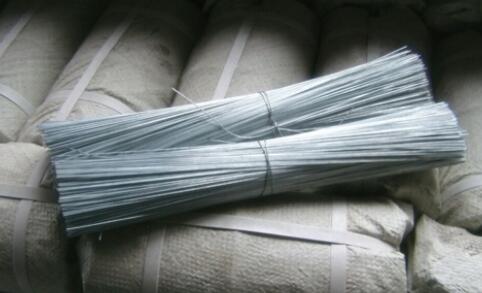Understanding Common Nails The Unsung Heroes of Construction
When it comes to construction and DIY projects, one of the most humble yet essential tools is the common nail. These small metal fasteners, often overlooked, play a crucial role in the stability and strength of various structures, making them fundamental to both professional and amateur woodworking, construction, and general repairs. In this article, we will delve into the history, types, uses, and best practices related to common nails.
A Brief History
The use of nails dates back thousands of years, with evidence suggesting that ancient civilizations, such as the Egyptians and Greeks, utilized early forms of metal nails in their woodworking. Initially made from wrought iron or bronze, these primitive nails laid the groundwork for the more refined versions we use today. The invention of the modern common nail, typically made of steel, revolutionized construction by making it quicker and easier to join pieces of wood.
Types of Common Nails
Common nails come in various sizes and specifications, tailored for different tasks. The most basic form is the smooth common nail, which features a relatively flat head and a shank that is either smooth or slightly ridged. The smooth shank allows for easy penetration into wood, while the flat head provides a sturdy surface. Other types include
1. Finish Nails These are smaller and have a smaller head, designed for detailed work where aesthetic matters. 2. Brads Even smaller than finish nails, brads are used for delicate tasks, such as attaching trim or molding without splitting the wood. 3. Box Nails Similar to common nails but designed to hold together thinner materials. 4. Roofing Nails Specifically used for securing roofing materials, featuring a larger head to hold shingles in place.
The choice of nail depends on the materials being joined and the desired strength of the connection.
common nails

Uses of Common Nails
Common nails have a wide range of applications. From building frameworks for houses to assembling furniture, these versatile fasteners are indispensable. They are frequently used in
- Framing Common nails are ideal for constructing the walls and roof structures of a building. - Decking When building decks, common nails provide the necessary strength to hold the wooden planks together. - Furniture Making These nails can be employed to join larger pieces of wood in furniture construction, providing durability and stability. - Repair Work For basic home repairs, common nails are a go-to solution for attaching wooden pieces or enhancing the structure of existing items.
Best Practices for Using Common Nails
While using common nails may seem straightforward, employing best practices can significantly enhance their effectiveness. Here are a few tips
1. Choose the Right Size The length and gauge of the nail should match the material thickness to avoid splitting or weaken the connection. 2. Pre-drill when Necessary For harder woods, pre-drilling a pilot hole can prevent the wood from splitting and allows for better nail insertion. 3. Use the Right Hammer A claw hammer is typically best for driving common nails. The weight and design ensure that nails are driven in straight and firmly. 4. Angle the Nails For stronger joints, especially in framing, driving nails at an angle (also known as toe-nailing) increases the holding power. 5. Avoid Overdriving Care should be taken not to overdrive the nails, which can weaken the wood, as well as potentially create sharp protrusions.
Conclusion
Despite their simplicity, common nails are vital components of construction and woodworking. Their long-standing history and diverse applications make them an essential part of many projects. By understanding their types and best practices for use, anyone can effectively harness the power of common nails in their construction endeavors. Next time you pick up a hammer, remember the significance of these small yet mighty fasteners—often the unsung heroes behind sturdy and reliable structures.

















